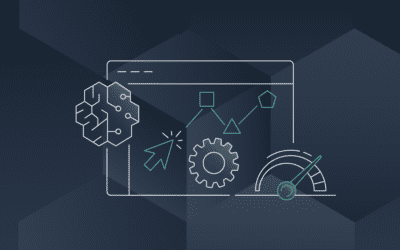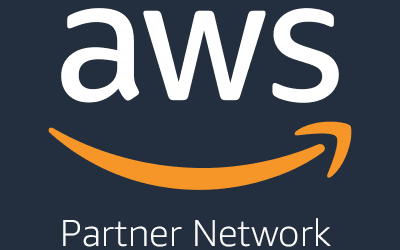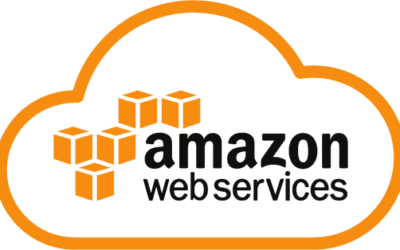Amazon Athena facilitates straightforward analysis of data stored in Amazon S3 by utilizing the standard Structured Query Language (SQL), Since Athena is serverless, there is no infrastructure to maintain, and you only pay for the queries you execute. It’s simple to get started with Athena. Simply specify the Amazon S3 bucket containing your data, specify the structure, and begin regular SQL queries.
AWS
AllCode is part of the Amazon Partner Network, with numerous AWS certified engineers. Amazon Web Services is a subsidiary of Amazon providing on-demand cloud computing platforms and APIs to individuals, companies, and governments, on a metered pay-as-you-go basis.
AWS Marketplace
Having access to third-party software is helpful for offloading time that would have otherwise been dedicated towards building something from the ground up that’s already been built before. While it’s definitely someone else’s work, meaning that anything new will have to be built to accommodate its design, it leaves resources and time to be dedicated towards other endeavors. This is why AWS has its own Marketplace for the distribution of third-party software for its users to have access to.
AWS Jumpstart Program
Do you have a startup that’s looking to build a mobile application or SaaS Platform on Amazon Web Services? Are you thinking about using AWS Services for Analytics, IOT, Machine Learning, Containers or Non-Relational Database? If the answer to both of these questions is yes then work with AllCode. We’re an AWS Consulting Partner who specializes in building out these types of applications. More importantly, AllCode is one of the select few partners that is a member of the AWS Jumpstart Program.
AWS Partner Service Tiers
This is a status to indicate an organization has proven technical expertise that is directly compatible with AWS tools. It’s a great way to give an organization added value and there are plenty of advantages from advancing through the tiers, from funding to additional resources to funding and additional materials for marketing. The jump from one tier to another is dependent on how many certified individuals are in the organization and their relative experience working with Amazon Services.
Which AWS Certification Should You Get?
Amazon Web Services cloud technology is a continuously growing field with plenty of opportunities on offer. While the inner workings of the cloud is not knowledge that can be easily picked up and utilized, the AWS cloud is not completely esoteric either. Amazon provides several different avenues for becoming certified in how to work with AWS with study material and exams to pursue as a means of further expanding potential business opportunities.
AWS Free Tier
Understandably, making the jump to the AWS cloud is not an easy investment to evaluate, especially from the perspective of a startup. Fortunately, AWS is generous enough to provide some hands-on experience with its various tools and utilities free of charge for either a short period of time or indefinitely depending on the service type. Here’s a rundown of everything you can expect from AWS’ Free Tier.
AWS Beginner Guide
AWS (Amazon Web Services) is the current largest provider in Infrastructure as a Service (IaaS) and Platform as a Service (PaaS) for everything from databases to extra computing power. It provides solutions for whatever problems are brought by clients and it allows for ease of scalability so that users will only pay for what they need and use; especially during times of expected lower traffic.
How to Migrate an On-Premises Database to AWS
The AWS Database Migration Service (AWS DMS) assists you in performing a safe and speedy migration of databases to AWS. The source database continues to function normally throughout the migration, hence reducing the amount of downtime experienced by applications that are dependent on the database. Data can be moved to or from the most popular commercial and open-source databases with the help of the AWS Database Migration Service.
How-to Give AWS Route 53 IAM access
Our how-to guides cover various topics in detail. Learn what you need to with AllCode.
Top 5 Reasons to Get an AWS Certification
The goal of the Amazon Web Services (AWS) certification program is to validate the candidate’s ability to design, develop, and deploy high-quality, scalable, and secure cloud-based applications. Passing an examination is required to receive an AWS Certification.










